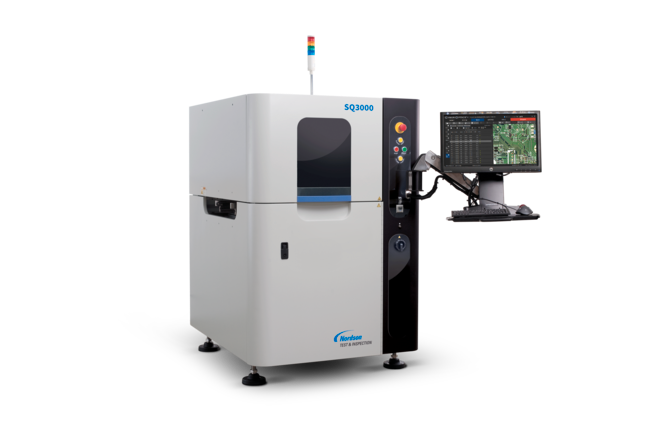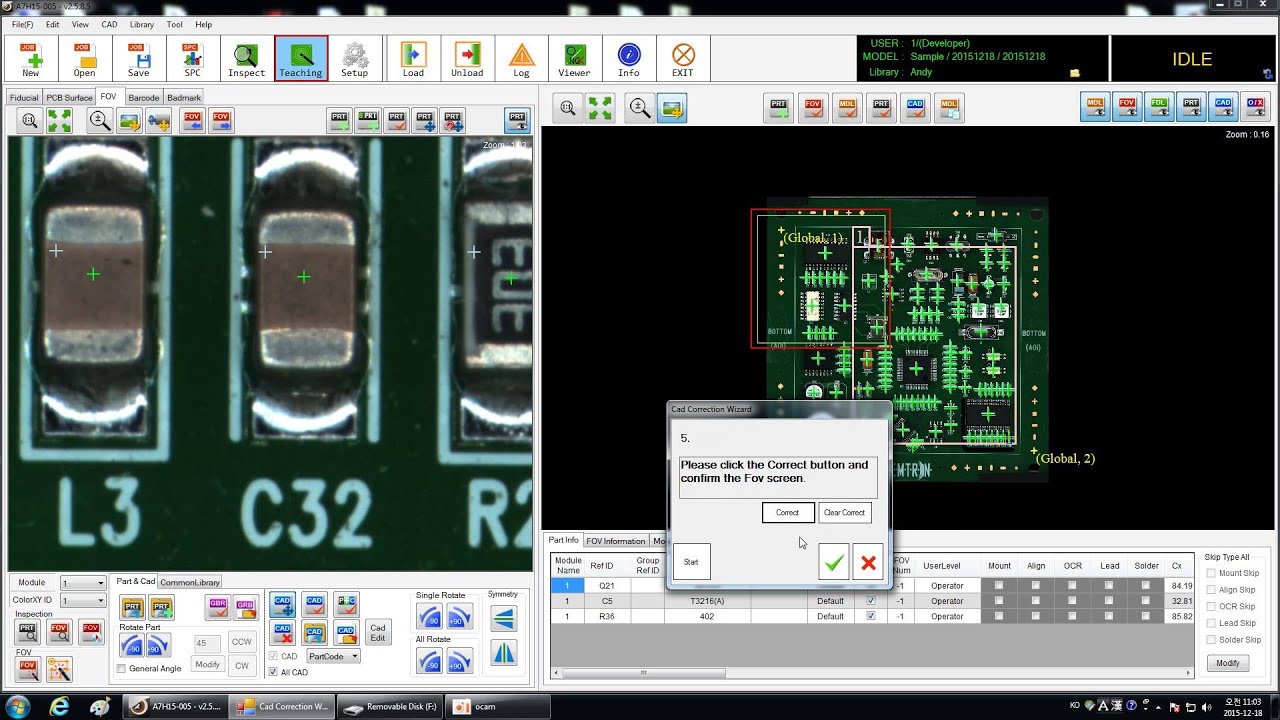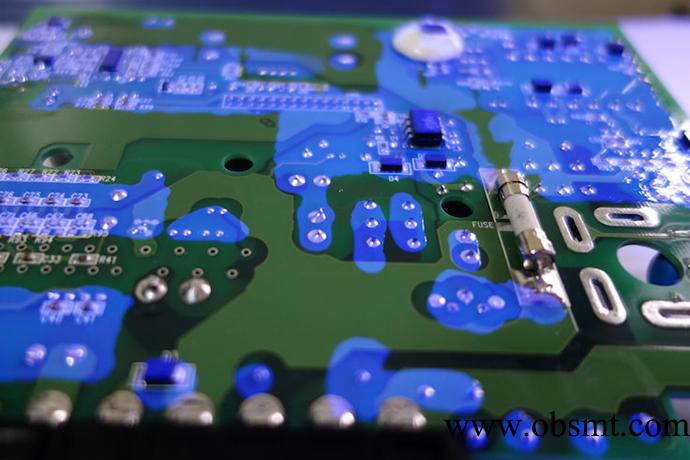In the world of PCB manufacturing, ensuring the quality of conformal coating is critical to protecting electronic assemblies from environmental hazards like moisture, dust, and chemicals. Automated Optical Inspection (AOI) systems have become a game-changer in verifying the application of conformal coating, ensuring compliance with industry standards like IPC-A-610. This blog explores how conformal coating AOI systems enhance defect detection, streamline processes, and maintain high-quality standards. We’ll dive into programming, optimization, defect detection, and cost analysis to help engineers and manufacturers achieve reliable results.
What is Automated Optical Inspection (AOI) for Conformal Coating?
Automated Optical Inspection, or AOI, is a technology used in PCB manufacturing to visually inspect components and coatings without human intervention. When it comes to conformal coating, AOI systems are designed to check the uniformity, thickness, and coverage of the protective layer applied to printed circuit boards. These systems use high-resolution cameras, advanced lighting, and sophisticated software to detect defects that could compromise the board’s performance.
Compliance with IPC-A-610, the widely accepted standard for electronic assembly quality, is a key goal for manufacturers. This standard outlines specific criteria for conformal coating, including coverage areas, thickness, and the absence of defects like bubbles or voids. AOI systems tailored for conformal coating help ensure that these strict requirements are met consistently.

Why Use Conformal Coating AOI Systems?
The use of conformal coating AOI systems offers several advantages over manual inspection methods. First, AOI provides unmatched precision, detecting even the smallest inconsistencies in coating application, such as uneven thickness or missed areas. Second, it significantly reduces inspection time, allowing manufacturers to maintain high throughput without sacrificing quality. Finally, AOI systems minimize human error, ensuring repeatable and reliable results.
For industries like aerospace, automotive, and medical electronics, where reliability is non-negotiable, AOI is essential for meeting IPC-A-610 standards. These systems can be programmed to flag specific defects, ensuring that every board meets the required criteria before moving to the next stage of production.
Conformal Coating AOI Programming: Setting Up for Success
Effective conformal coating AOI programming is the foundation of a successful inspection process. Programming involves configuring the AOI system to recognize the specific characteristics of the conformal coating and the PCB design. This includes defining acceptable thickness ranges (typically between 25 to 125 micrometers, depending on the coating type), identifying critical areas that must be coated, and setting thresholds for defect detection.
Modern AOI systems use advanced algorithms to analyze images captured by high-resolution cameras. For example, UV lighting can be used to highlight the conformal coating, making it easier for the system to detect coverage issues. Programming also involves creating a “golden sample” or reference image of a perfectly coated board. The AOI system compares every inspected board against this reference to identify deviations.
A well-programmed AOI system can reduce false positives by up to 30%, saving time and resources during production. Manufacturers can also integrate the system with other equipment, such as coating applicators, to create a closed-loop process where defects are addressed in real-time.

Conformal Coating AOI Defect Detection: Identifying Issues Early
One of the most critical functions of AOI is conformal coating AOI defect detection. Defects in conformal coating, such as bubbles, voids, cracks, or insufficient coverage, can lead to board failure in harsh environments. AOI systems are designed to detect these issues with precision, ensuring that no defective board reaches the end customer.
Common defects identified by AOI include:
- Bubbles and Voids: Air trapped under the coating, which can weaken protection.
- Uneven Thickness: Areas where the coating is too thin (below 25 micrometers) or too thick (above 125 micrometers), violating IPC-A-610 standards.
- Missed Areas: Critical components or solder joints left uncoated.
- Contamination: Foreign particles or debris embedded in the coating.
AOI systems use a combination of 2D and 3D imaging to assess the coating from multiple angles. For instance, 3D imaging can measure coating thickness with an accuracy of ±5 micrometers, ensuring compliance with strict tolerances. By catching defects early, manufacturers can reduce rework costs by as much as 40%, according to industry studies.

Conformal Coating AOI Process Optimization: Maximizing Efficiency
Conformal coating AOI process optimization is about integrating AOI into the production line to achieve maximum efficiency and quality. Optimization starts with selecting the right AOI equipment for the specific needs of the manufacturing process. For high-volume production, inline AOI systems that inspect boards as they move through the line are ideal. For smaller batches or complex designs, offline systems may offer more flexibility for detailed analysis.
Another key aspect of optimization is data integration. Modern AOI systems generate detailed reports on defect rates, inspection times, and process trends. By analyzing this data, manufacturers can identify bottlenecks or recurring issues in the coating process. For example, if AOI consistently detects thin coating in a specific area, adjustments can be made to the coating applicator’s settings or nozzle alignment.
Optimized AOI processes can reduce inspection time per board to under 10 seconds, even for complex assemblies. This speed, combined with high accuracy, allows manufacturers to scale production without compromising on quality or IPC-A-610 compliance.
Conformal Coating AOI Cost Analysis: Balancing Investment and Returns
While the benefits of AOI are clear, conducting a conformal coating AOI cost analysis is essential for manufacturers considering this technology. The initial investment in AOI systems can range from $50,000 to $200,000, depending on the system’s capabilities, such as 3D imaging or inline integration. Additional costs include software licenses, maintenance, and operator training, which can add another $10,000 to $20,000 annually.
However, the return on investment (ROI) can be significant. By automating inspection, manufacturers can reduce labor costs associated with manual checks by up to 50%. Additionally, early defect detection minimizes rework and scrap rates, potentially saving thousands of dollars per production run. For a medium-sized facility producing 10,000 boards per month, AOI could yield an ROI within 12 to 18 months.
It’s also worth noting that non-compliance with standards like IPC-A-610 can result in costly recalls or customer dissatisfaction. Investing in AOI mitigates these risks, protecting both the manufacturer’s reputation and bottom line.
How AOI Ensures IPC-A-610 Compliance
IPC-A-610 is the gold standard for electronic assembly quality, and its guidelines for conformal coating are stringent. The standard specifies that conformal coating must cover all required areas without gaps, maintain a uniform thickness, and be free of defects like bubbles or cracks. AOI systems are uniquely equipped to verify these criteria with precision.
For example, IPC-A-610 requires that coating thickness be measured at multiple points on the board. AOI systems with 3D imaging can perform these measurements automatically, ensuring compliance without slowing down production. The standard also prohibits coating on certain areas, such as connectors or test points. AOI can be programmed to flag any overspray or misplaced coating in these zones.
By using AOI, manufacturers can document compliance with detailed inspection reports, which are often required for audits or customer certifications. This level of traceability is invaluable in industries where quality assurance is paramount.
Challenges and Solutions in Conformal Coating AOI
Despite its advantages, implementing AOI for conformal coating comes with challenges. One common issue is the variability in coating materials, such as acrylic, silicone, or urethane, which may appear differently under AOI cameras. To address this, manufacturers can use specialized lighting, like UV or infrared, to enhance visibility.
Another challenge is the complexity of PCB designs with densely populated components. Shadows or reflections can sometimes lead to false positives during inspection. Advanced AOI systems with multi-angle cameras and adaptive algorithms can overcome this by providing a clearer view of hard-to-reach areas.
Regular calibration and software updates are also essential to maintain AOI accuracy over time. Scheduling maintenance during production downtimes ensures that the system remains reliable without disrupting workflows.
Future Trends in Conformal Coating AOI Technology
The field of AOI for conformal coating is evolving rapidly, driven by advancements in artificial intelligence (AI) and machine learning. Future AOI systems are expected to “learn” from past inspections, improving their defect detection capabilities over time. AI-powered systems could reduce false positives by up to 50%, further enhancing efficiency.
Integration with Industry 4.0 technologies is another trend to watch. AOI systems will increasingly connect with other smart factory equipment, enabling real-time process adjustments and predictive maintenance. This level of automation will help manufacturers achieve near-zero defect rates while meeting IPC-A-610 standards effortlessly.
Conclusion: Elevating PCB Quality with Conformal Coating AOI
Automated Optical Inspection has revolutionized the way manufacturers ensure the quality of conformal coating on PCBs. By leveraging conformal coating AOI systems, companies can achieve precise defect detection, optimize processes, and maintain compliance with IPC-A-610 standards. From programming and defect detection to cost analysis and process optimization, AOI offers a comprehensive solution for enhancing reliability and efficiency in PCB production.
As technology continues to advance, AOI will play an even bigger role in meeting the stringent demands of modern electronics manufacturing. For engineers and manufacturers looking to stay ahead, investing in AOI for conformal coating is not just a choice—it’s a necessity for delivering high-quality, compliant products in today’s competitive market.
 ALLPCB
ALLPCB







